Taking medication is not without risks, especially for the elderly.


Taking medication is not without risks, especially for the elderly.

Two of the main natural ingredients in marijuana are CBD, cannabidiol, and THC, or Tetrahydrocannabinol. The two compounds, although similar, have many differences.
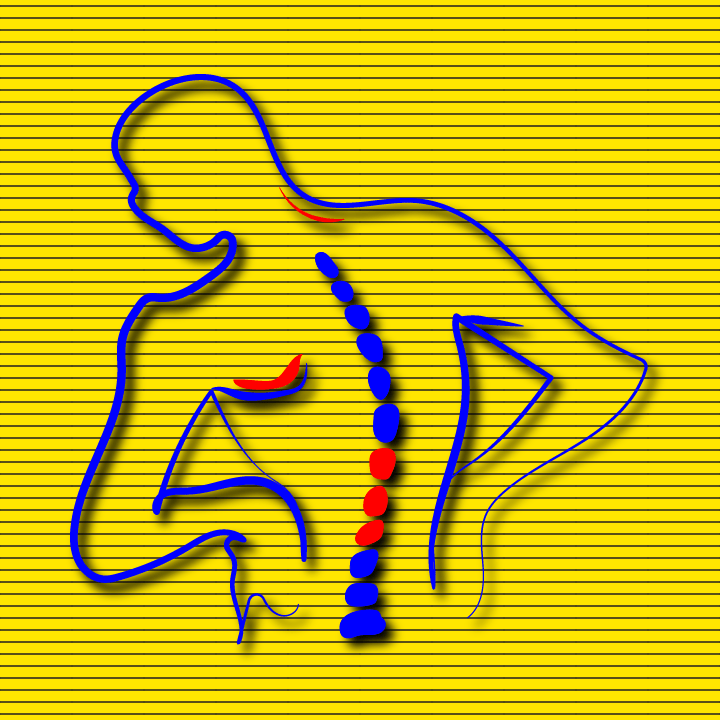
Menstrual cramps can be debilitating, and those who face this problem know how painful it is. Some women suffer so much pain that they dread even the mention of menstruation. Over the years, there have been discoveries of many different treatments for menstrual cramps. Primarily, the treatment options have been limited to various types of […]
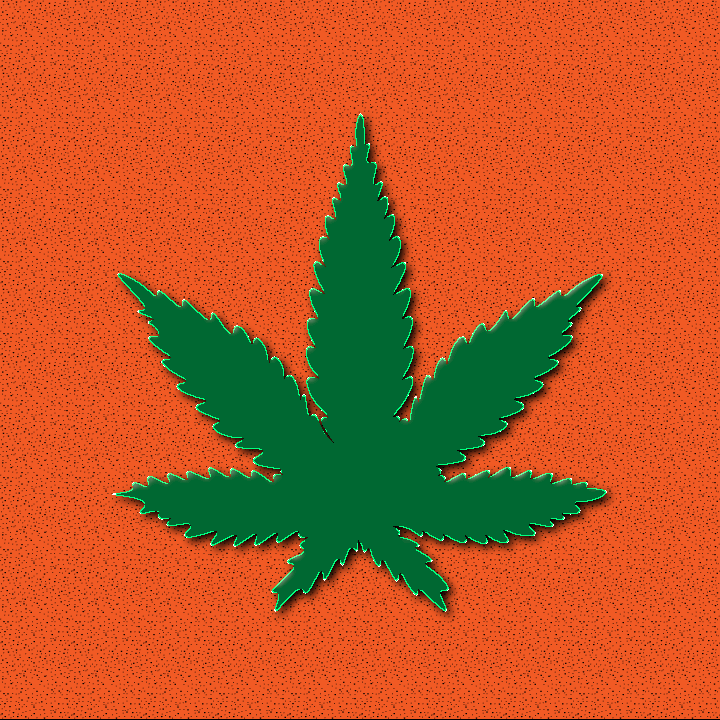
One of the most controversial and talked about topics over the course of recent human history has been marijuana and its consumption. It has been the topic of debate for a number of years now as it was always considered a drug that could be potentially dangerous to a person’s health, much like any chemical […]
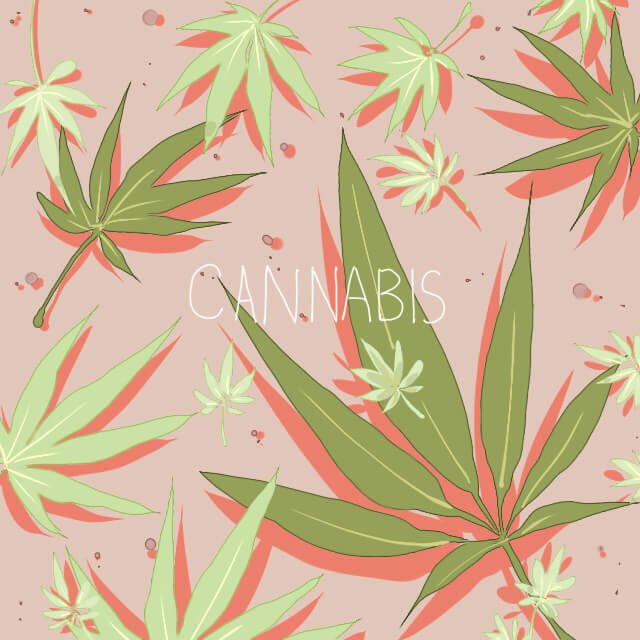
High Times partners with Red, White & Bloom to rebrand and develop dispensaries in Michigan, Illinois, and Florida Hightimes Holding Corp., the owner of High Times®, the most well-known brand in cannabis, today announces that it has entered into a series of agreements with Red, White & Bloom, Inc., also known as RWB, with the goal of the […]
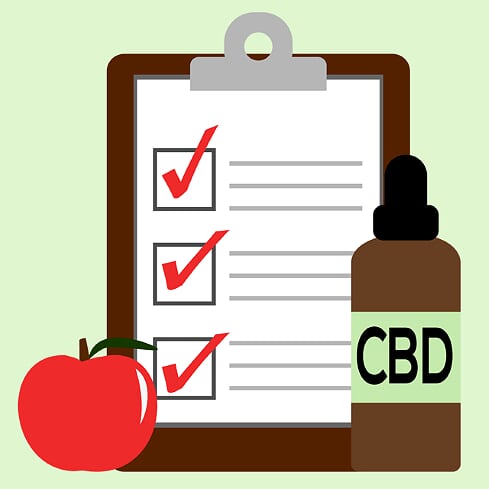
CBD has undeniable skyrocketed in popularity over the last couple of years. The passing of the 2018 Farm bill paved the way of fully legal sales of CBD oil derived from industrial hemp. More and more people are experiencing the incredible powers of this natural plant. We are here to help you learn more about […]



CBD has become a favored natural treatment for depression, anxiety, insomnia, pain, and even epilepsy. With numerous health claims, there’s still a lot of exploration into the properties of this natural remedy. If you’re interested in trying CBD, the options can be overwhelming. Here’s how you can choose the right form of CBD for you. […]
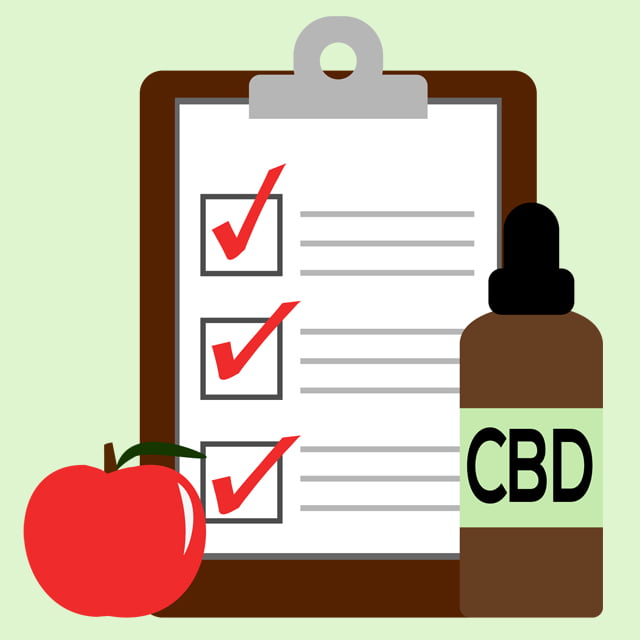

Recent medical research shows that Cannabinoid (CBD) has the potential to ease symptoms of various ailments such as cancer, arthritis, and multiple sclerosis and more. CBD, which is one of the 85 different compounds that naturally occur in a cannabis plant, is growing in popularity for its medical applications. CBD products act as: Antioxidants Antipsychotics […]
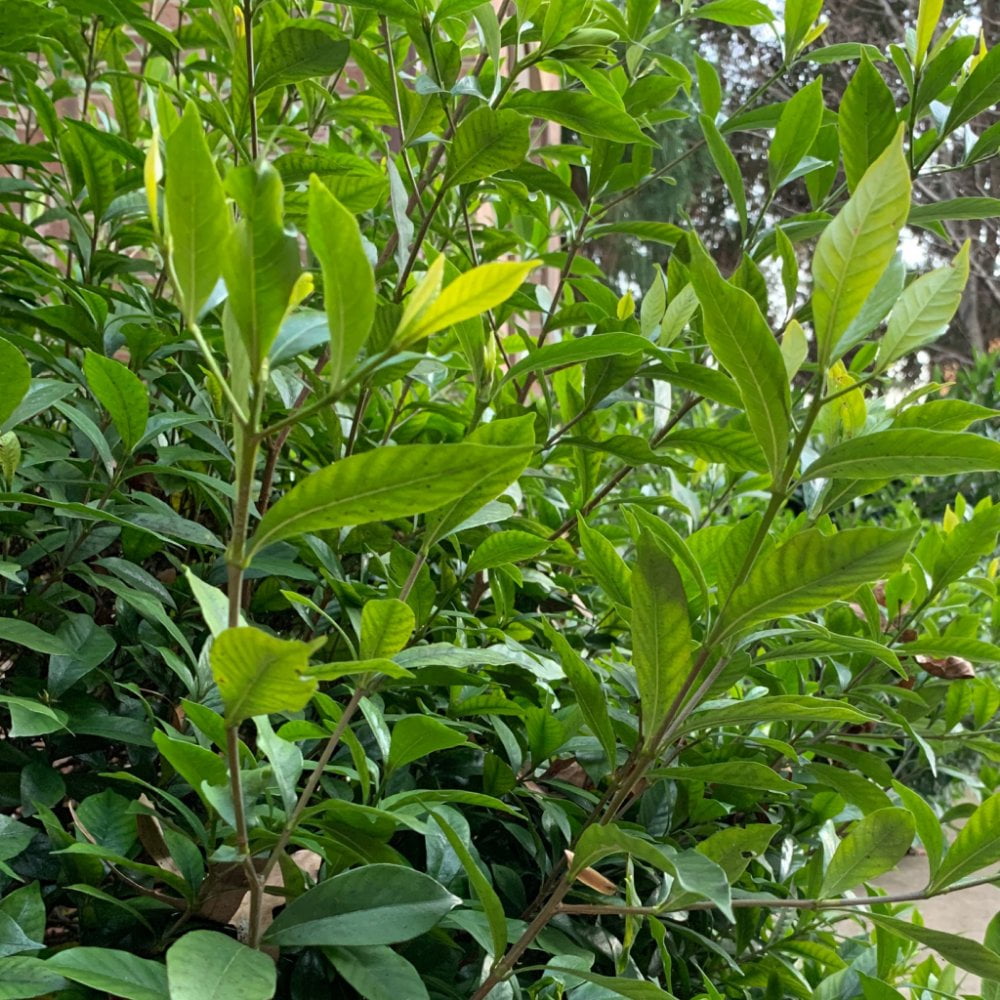


What is the process of decarboxylation or decarbing cannabis? Learn about the active elements of cannabis. When you’ve ever thought about how to decarb wax; have you been aware that the cannabis plant in its natural form is not psychoactive? As it naturally grows, there is no tetrahydrocannabinol (THC), the psychoactive element of weed, in […]



Like many people around the globe, you may have heard a lot of good things about CBD oil over the recent years. A rising number of people have come to learn about CBD because of the increased level of interest from the press, the positive results of research and studies, and the changes in legislation […]